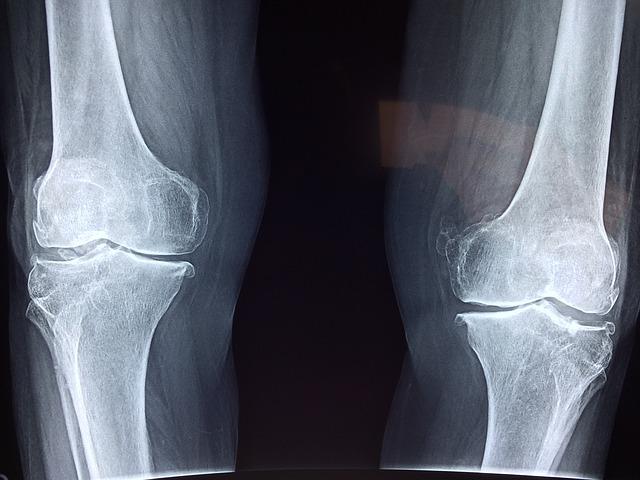
1996 Inline Skating Injuries – All Age Groups
| Total Injuries in 1996: 102,911 |
| Most Frequent Sites of Injury |
| wrist: 24.2 % of total injuries |
| lower arm: 13.5 % of total injuries |
| Most Frequent Injuries |
| fracture: 40.8 % of total injuries |
| strain, sprain: 21.5 % of total injuries |
| Most Frequent by Type and Site |
| fracture of wrist: 14.4 % of total injuries |
| fracture of lower arm: 11.0 % of total injuries |
| strain/sprain of wrist: 8.1 % of total injuries |
| total: 33.5 % of total injuries |
| Source: National Electronic Injury Surveillance Survey |
1996 Percent of Total Injuries by Location
(alphabetized by body part)
| Ankle | 6.7% | Leg (lower) | 3.8 % |
| Arm (lower) | 13.5 % | Leg (upper) | 1.1 % |
| Arm (upper) | 0.7 % | Mouth | 1.2 % |
| Elbow | 7.6 % | Neck | 0.8 % |
| Eyeball | 0,2 % | Pubic Region | 0.8 % |
| Face | 7.1 % | Shoulder | 4.2 % |
| Finger | 5.5 % | Toe | 0.2 % |
| Foot | 1.0 % | Torso (lower) | 5.1 % |
| Hand | 3.6 % | Torso (upper) | 1.8 % |
| Head | 4.1 % | Wrist | 24.2 % |
| Knee | 6.8 % | Other | 0.5 % |
Source: National Electronic Injury Surveillance System (NEISS)
Inline Skating: https://www.brainline.org/article/roller-sports-safety
- Head and face injuries account for 11,000 injuries each year. 4
- Over 100,000 inline injuries are incurred each year. 5
- Inline skating injuries can be prevented in 90% of circumstances. 6
- The likelihood of visiting the hospital is 1 in 25 every year if you participate in inline skating. 7
- 2/3 of skaters do not wear any safety equipment. 8
General safety measures, at three levels, to protect yourself while inline skating.
| Primary Countermeasures | * Pre-season conditioning and fitness program * Adequate warm-up and pre-skate stretch * Cool-down and post-skate stretch * Skater code of conduct (for example, learning the rules of the road) * Wearing bright or reflective clothing if riding at night * Equipment factors (for example, ensuring proper fit and condition of skates, fit of helmet, wrist guards, knee and elbow pads) * Environmental factors (for example, keeping paths free of obstacles and debris, choosing a flat course, UV protection) * Skating instruction, especially for beginners, and training of instructors * Adequate supervision of children and novices |
| Secondary Countermeasures | * Wearing protective equipment (for example, helmet, wrist guards, knee and elbow pads) * Skater code of conduct (for example, obey the rules of the road, yield to pedestrians) * Keeping speed in check |
| Tertiary Countermeasures | * Prompt access to quality medical care and first aid * Availability of first aid equipment on site * Rest, Ice, Compression, Elevation, Referral (RICER) |
Anson
My name is Anson Nakamura and I have been inline skating for fun for 18 years. My friends and I skate at our local skate park and we just love to skate. I have been a big fan of the sport since I was a little kid. I started with a pair of Rollerblades that I got from a garage sale. I was terrible at first, but I kept at it and eventually I got pretty good. Now, I can do all sorts of tricks and I love skating more than ever. There's nothing quite like the feeling of cruising around on your skates, wind in your hair. f you've never tried skating, I urge you to give it a go. It's an incredible feeling and you might just get hooked like I did.